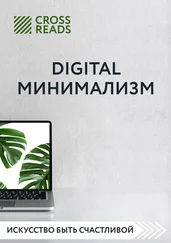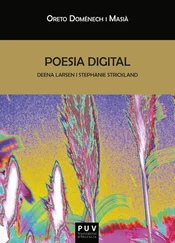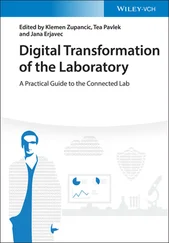A second important aspect, teaching knowledge and skills, composes this book (first part of Volume 2). It concerns the tutorial aspect of a course. This is an ordered set of about 30 standard problems with detailed solutions covering the different parts of the course. The set should allow a learner to gradually and deeply understand the essentials of this field and acquire the necessary skills to practice them in the industrial world.
Finally, the last aspect concerns practices in the proper sense of the term, an indispensable complement to training progressing to know-how (second part of Volume 2). We propose here a set of five lab works. The interest of these is that they go from the basic measurements on the transmission cables, to the design in software simulation of modems and cyclic coders, through the use of blocks of electronic modules carrying out basic functions useful in digital communications.
For every book sold, we will provide the buyer with two practical pieces of software from MATLAB-Simulink: “Modem QPSK” and “Cyclic encoderdecoder”, free of charge. We will provide necessary explanations and endeavor to help with the set-up of the two pieces of practical material.
Part 1 Theory of Information
Transmitting information between two entities, commonly referred to as the “source of information” for the first and the “recipient” or “user” for the second, assumes that this information is represented in a common and understandable form by both parties. It is also necessary that the amount of information exchanged does not exceed the transmission capacity of the channel. Lastly, it is desirable that the disturbances (modifications of all kinds) in the transmission channel have, if possible, little or, ideally, no effect on the information delivered to the recipient or user.
All this is studied, analyzed and treated in what is called the “theory of information”, the theoretical basis of different techniques of communication.
In a schematic way, the problems raised and treated by this are the following:
– quantitative measurement of information;
– representation of common information between sender and recipient: code;
– source coding: adapting the source rate to the capacity of the transmission channel;
– channel coding: protecting against transmission errors.
The block diagram of Figure I1.1 shows at what levels of the communications chain these problems are, both on the side of the emission of the information (transmitter) as on the side of the reception of the information (receiver).
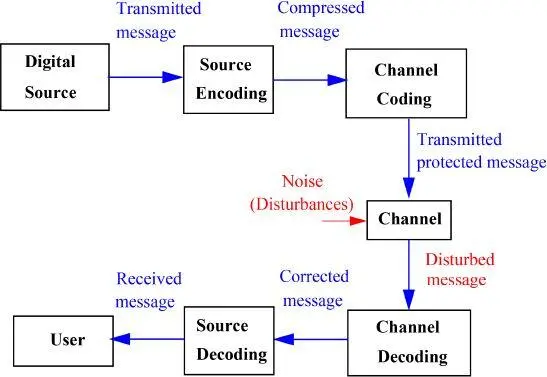
Figure I1.1. General structure of a digital communications system and its problems. For a color version of this figure, see www.iste.co.uk/assad/digital1.zip
We have divided this first part, dedicated to the theory of information, into three chapters following a first chapter of general introduction to telecommunications ( Chapter 1). Each of these three chapters is devoted to each of the three issues raised previously:
– measurement of information ( Chapter 2);
– source coding for the transmission on channels without disturbances ( Chapter 3);
– channel coding for transmission on channels with disturbances ( Chapter 4).
1
Introduction to Telecommunications
1.1. Role of a communication system
A communication system aims to convey as faithful and reliable messages as possible between a sender and a recipient, at any distance, with reasonable costs. Messages are information entities and their routing requires the existence of a communication channel to convey them (Figure 1.1).

Figure 1.1. Simple communication system. For a color version of this figure, see www.iste.co.uk/assad/digital1.zip
The particular features of a communication system are described below:
– the transportation of information (words, images, texts, data, etc.) and not the transportation of the information medium (paper, disk, etc.);
– the users of a telecommunications system want the messages they transmit to be delivered without loss or modification. This implies a high fidelity of the system (quality), in spite of the inevitable imperfections and disturbances to which it is subjected;
– the communication service must be available in all circumstances, irrespective of unforeseeable and unavoidable partial failures which can reach part of the system. This corresponds to a high reliability of the service (availability);
– the transportation of information at various distances, up to thousands of kilometers (or more) requires the use of specific transmission means (copper or optical cables, radio channels, satellites). This is a transmission problem.
1.1.1. Types of services offered by communication systems
We can characterize these in several ways by distinguishing (see Figure 1.2):
– the type of information transmitted;
– the number of partners;
– the role played by the partners: monologue, dialogue, conference.

Figure 1.2. Modes of communication:  source;
source;  recipient
recipient
When a certain number of users benefit from the same service, all the transmission links constitute a network. This corresponds to an information broadcast network , if one is dealing with the unilateral transmission of a source to several recipients, or to an information collection network , if the transmission is unilateral from several sources to only one recipient.
When there is no permanent transmission path between two points of a network, it is called a switched transmission : the link is established only after receipt and execution of connection orders from the partners. Generally, the switched network is very common, that is to say, the elements of the system relating to switching and transmission are common resources, made available to potential users who have access to this network by a means of individual transmission.
Figure 1.3 shows the three types of networks.

Figure 1.3. Type of networks
1.1.2. Examples of telecommunications services
We give some examples of telecommunications services in Table 1.1.
Table 1.1. Examples of telecommunications services
| Information type |
Communication mode |
Network |
Service |
| Speech |
Bilateral Multilateral |
Switched communication |
Phone Conference call |
| Video |
Unilateral |
Fixed broadcast point to point |
Video conference Television |
The situation is not steady. In fact, the services offered and their diversity have considerably increased, both for long-distance telecommunications systems (in particular, for text, data, images and video-type information) and the considerable development of local business networks, which make it possible to connect computer and production equipment of a heterogeneous nature. Regarding telecommunications, almost all digital communications can integrate the transmission of different types of information in a single ISDN (Integrated Services Digital Network). In addition, communications over the Internet have been developing for almost a couple of decades.
Читать дальше
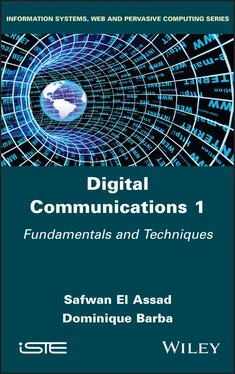



 source;
source;  recipient
recipient


